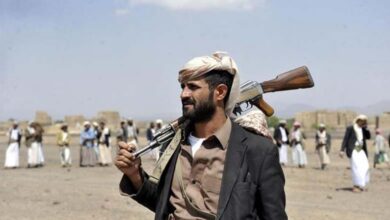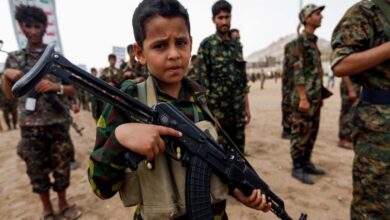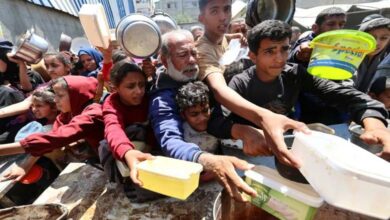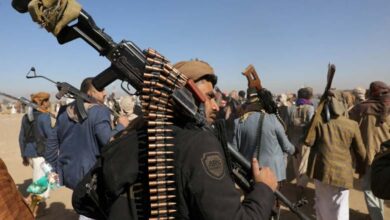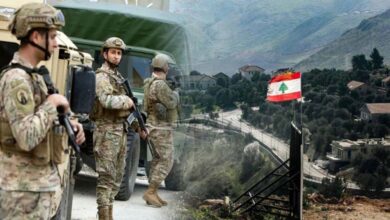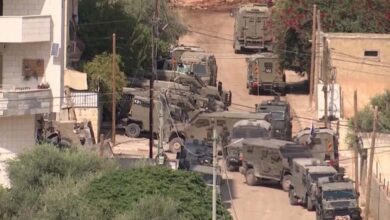U.S.-Backed Gaza Aid Plan Rejected by the United Nations
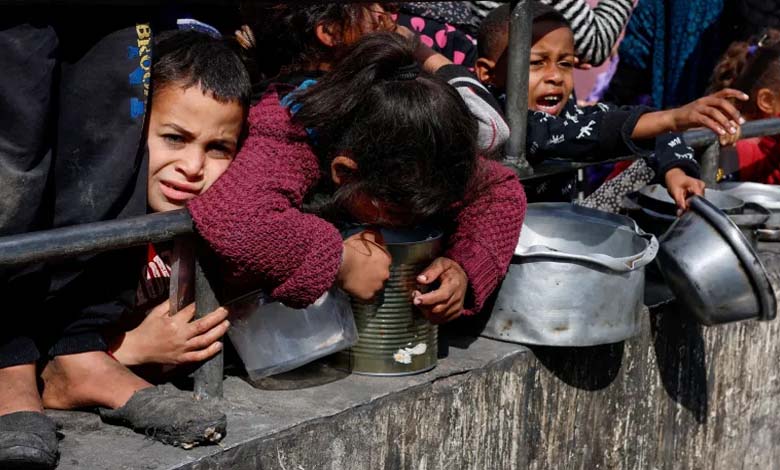
A U.S.-backed organization plans to begin operations in the Gaza Strip by the end of May.
The Gaza Relief Foundation will oversee a new model for distributing humanitarian aid in the Palestinian enclave. However, the United Nations has declared the plan lacks neutrality and integrity and confirmed it will not participate.
According to Geneva’s commercial registry, the foundation was established in Switzerland in February.
-
Israeli escalation on Gaza 33 Palestinians killed including children in overnight airstrikes
-
Political Analyst: Gaza Faces a Slow Death Amid Disgraceful International Silence
A source familiar with the plan told Reuters that the foundation intends to work with two private American firms: UG Solutions and Safe Reach Solutions, specializing in security and logistics. Another source confirmed that the foundation has already secured over $100 million in pledges, though the origin of the funds remains unclear.
Dorothy Shea, the acting U.S. deputy representative to the UN, told the Security Council earlier this month that senior U.S. officials are working with Israel to enable the foundation to operate. She urged the UN and humanitarian agencies to cooperate, stating that Israel would allow the foundation to proceed but would not be directly involved in delivering aid.
-
Land Sea and Air… Israel Prepares for an Unprecedente Incursion into Gaza
-
Mass Displacement and Annexation Threats: The West Bank Faces a Gaza Scenario
How the Plan Works
The foundation announced that it would start operations from four secured distribution sites: three in southern Gaza and one in the central area. Additional sites, including in the north, are expected to open in the coming weeks.
Israeli Prime Minister Benjamin Netanyahu stated on Thursday that the first distribution areas would be completed soon and that Israel plans to establish large “safe zones” in southern Gaza, where Palestinians could relocate for safety as the military continues operations elsewhere.
Gaza Relief stressed it would not participate in or support any form of forced displacement and said there is no limit to the number or location of its distribution centers.
-
We Don’t Want to Hear the Word Evacuation: Gaza Voices Stand Against Displacement Plans
-
Survey Reveals Scale of Discontent and Anger Towards Hamas in Gaza
In a statement, the foundation said it would employ private security contractors to transport aid from border crossings to the secure sites, where it would be distributed directly by civilian humanitarian teams.
Israel’s UN envoy, Danny Danon, claimed some humanitarian groups have agreed to cooperate with the foundation, though no specific names have been disclosed.
The foundation added that it is finalizing procedures to deliver aid to those unable to reach the distribution sites, and stated it would not share any personal data of recipients with Israel. Furthermore, the Israeli military would not be stationed near the distribution sites.
-
Investigating Hamas: Signs of a New Mechanism to Deliver Aid to Gaza
-
11 Dead in Israeli Airstrike on Khan Younis… Gaza on the Brink of Total Collapse
UN Refusal
The UN has rejected the U.S.-backed plan, stating it fails to uphold the core principles of neutrality, independence, and integrity.
UN Under-Secretary-General Tom Fletcher urged against wasting time on an alternative proposal, initially suggested by Israel. Addressing the Security Council, he warned that the plan could cause further displacement, harm civilians, limit aid to only one part of Gaza, ignore urgent needs elsewhere, and politicize humanitarian aid by tying it to military goals.
The UN says UNRWA remains the backbone of aid operations in Gaza, despite Israel’s accusations of incitement and employee involvement in terrorism. The UN has pledged to investigate all allegations.
-
At Risk of Sinking: Drone Attack on Ship Carrying Aid to Gaza
-
Gaza Crisis: Agreement on an Independent Committee and Security Training in Cairo
The Gaza Relief Foundation, meanwhile, defends its collaboration with Israel, claiming it seeks a pragmatic solution that does not violate humanitarian principles.
Why Propose an Alternative?
Israel has completely blocked aid into Gaza since March 2, alleging that Hamas was diverting supplies—a claim the group denies. Israel demands the release of all hostages captured during the October 7, 2023 attacks, which killed around 1,200 people and triggered a war that has since left over 53,000 dead in Gaza.
In April, Israel proposed a new monitored aid mechanism, but UN Secretary-General António Guterres swiftly rejected it, warning it would impose excessive control over food distribution, down to every calorie and grain of flour.
-
48 Hours… Hamas Sets Deadline to Respond to Gaza Truce Proposal
-
Relentless Bombardment and Daily Evacuation Warnings: Gaza Bleeds in Blood and Geography
Pressure has since mounted on Israel to allow urgent aid deliveries. Last week, the Integrated Food Security Phase Classification (IPC) reported that 500,000 people in Gaza face imminent famine, equivalent to a quarter of the population.
With the deadlock unresolved, the U.S. backed the launch of Gaza Relief, which plans to begin operations by the end of the month. Meanwhile, Israel has resumed limited aid access under existing systems.
-
More than Half of Gaza under Netanyahu’s Control… Morag Encircles Rafah to ‘Strangle’ Hamas
-
The Rafah Brigade Remains a Military Challenge for the Israeli Army in Gaza
How Aid Is Delivered
Since the war began, the UN says its relief operations in Gaza have faced major obstacles due to Israel’s military campaign, movement restrictions, and looting by armed gangs.
However, the UN insists its distribution system works—particularly evident during the two-month ceasefire earlier this year. Under this process, Israel inspects aid first, after which the UN transports and distributes it inside Gaza.
UN spokesperson Stéphane Dujarric said Monday: “We can go back to that system. It works. There’s no need to reinvent the wheel.”
-
Diplomacy Chasing a Rush toward Catastrophe in Gaza
-
Gaza News: The Blockade Enters Its Second Month and New Areas Added to Evacuation List
He added: “We don’t need a new aid partner to dictate how we operate in Gaza.”
Fletcher concluded that what the UN needs from Israel is:
- the opening of at least two crossings (north and south),
- simplified and expedited procedures,
- no quotas or logistical restrictions,
- protection for aid during delivery,
- and the ability to meet a wide range of needs, including food, water, hygiene supplies, shelter, healthcare, fuel, and gas.


